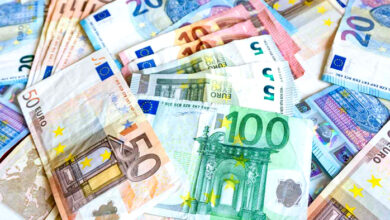Supply and demand may balance, keeping oil prices steady.

Brent crude futures rose 26 cents.
In early Asian trading on Tuesday, oil prices stopped falling. Signs that the producer alliance OPEC+ wanted to keep prices from falling too low, along with a slight weakening in the U.S. dollar, helped stop the earlier drop.
At 00:33 GMT, Brent crude futures went up 26 cents, or 0.3%, to $84.32 per barrel, while U.S. West Texas Intermediate (WTI) crude futures went up 19 cents to $76.90 per barrel. Both benchmarks fell by about $2 a barrel on Monday, mostly due to the strength of the U.S. dollar.
Iraq’s Oil Minister, Ihsan Abdul Jabbar, stated on Monday that the Organization of Petroleum Exporting Countries (OPEC) and its allies, such as Russia, were keeping an eye on oil prices in order to keep markets balanced.
In an interview on Iraqi state TV, he said, “We don’t want oil prices to go up sharply or to fall.”
Oil prices fell to their lowest level in nine months as a result of the strong US dollar and Abdul Jabbar’s comments.
Related: Oil prices keep falling, and people are worried about demand.
This year, OPEC+ raised production after cutting it to a record low in 2020 because of the COVID-19 pandemic, which hurt demand. But in the last few months, the organisation hasn’t been able to keep up with the planned increases in output.
Since the value of the U.S. dollar goes down when oil prices go up, this helped to keep prices stable. But even though the U.S. dollar fell after the settlement, it hit its highest level since May 2002 early on Monday.
Prices didn’t go up because there was uncertainty about how the war between Russia and Ukraine would affect supplies. Also, tightening monetary policy around the world, which could cause an economic downturn, kept prices from going up.





